Butterfly garden – Important tips and information
I have been watching butterflies for more than a decade now and they never stop amazing me. After the initial burst of searching the elusive ones I am much more relaxed now in my approach towards butterflies. Still the very elusive one’s give me the adrenaline rush and I go chasing but for the most part I now walk and admire. In a more slow paced way of looking at things I am even more awed by their beauty. Sitting somewhere peacefully and admiring them is a wonderful thing to do and butterfly gardens provide that opportunity.
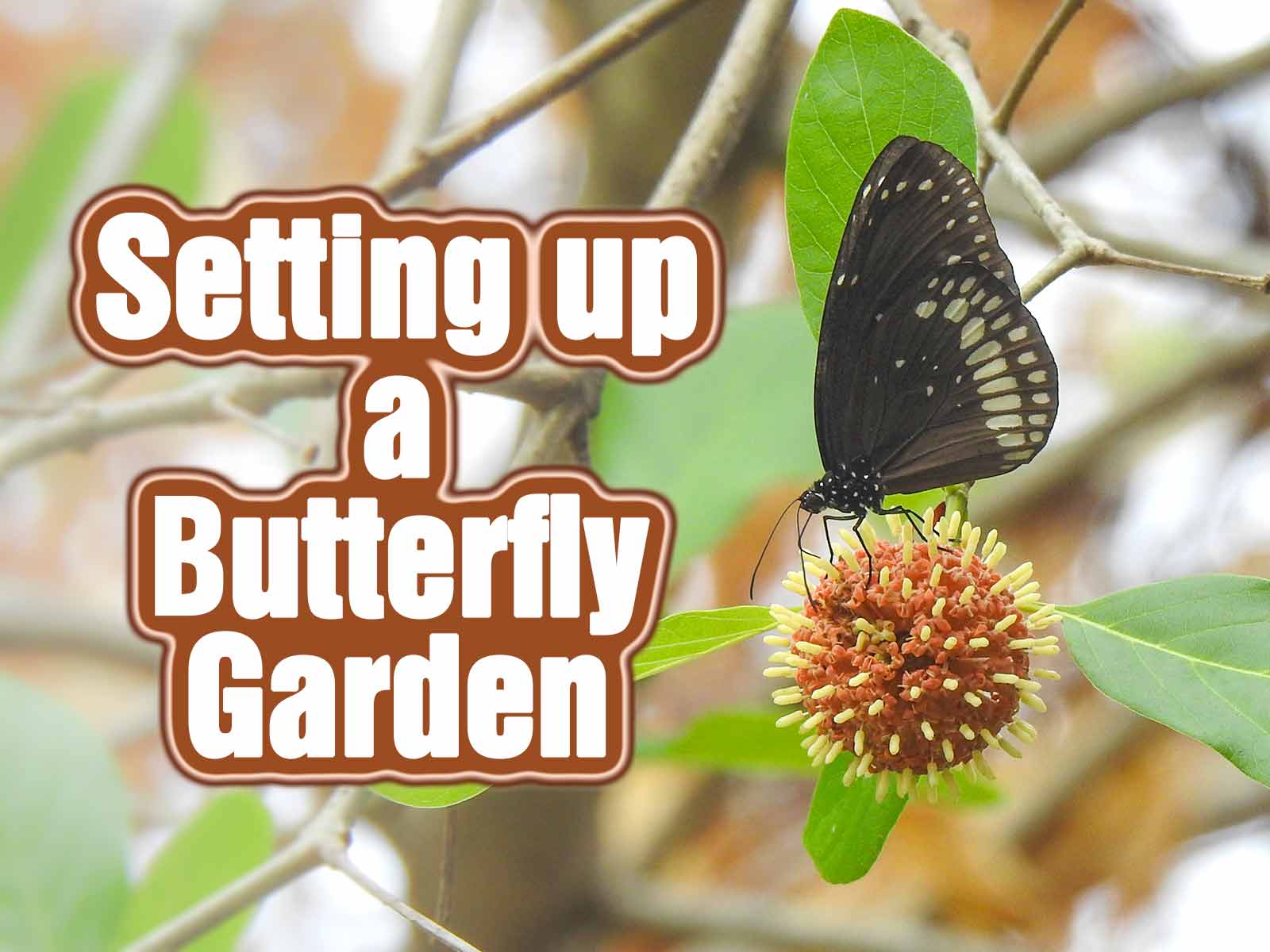
Having said this I am not a big fan of butterfly gardens. A wild patch of vegetation without human interference attracts more butterflies than a well maintained butterfly garden. The amount of diversity in a roadside patch is way better for butterfly watching than a well curated garden. I want this to be clear because clearing a patch of vegetation for making a butterfly garden is the worst thing you can do for butterflies. Incase you are going to reclaim a concrete patch to make a new home for butterflies, then please do read on.
Attracting butterflies to your garden :
Inorder to attract anything you need to provide what they want. In the case of butterflies those things are
- Food for adults i.e. nectar and decaying matter
- Food for the larval form i.e. host plants
- Safety
The picture below is a butterfly friendly setup that I managed to make out of an abandoned concrete block making area. The center area is left open to the sun for flowers and the surrounding edges to the compound wall are larval host trees.
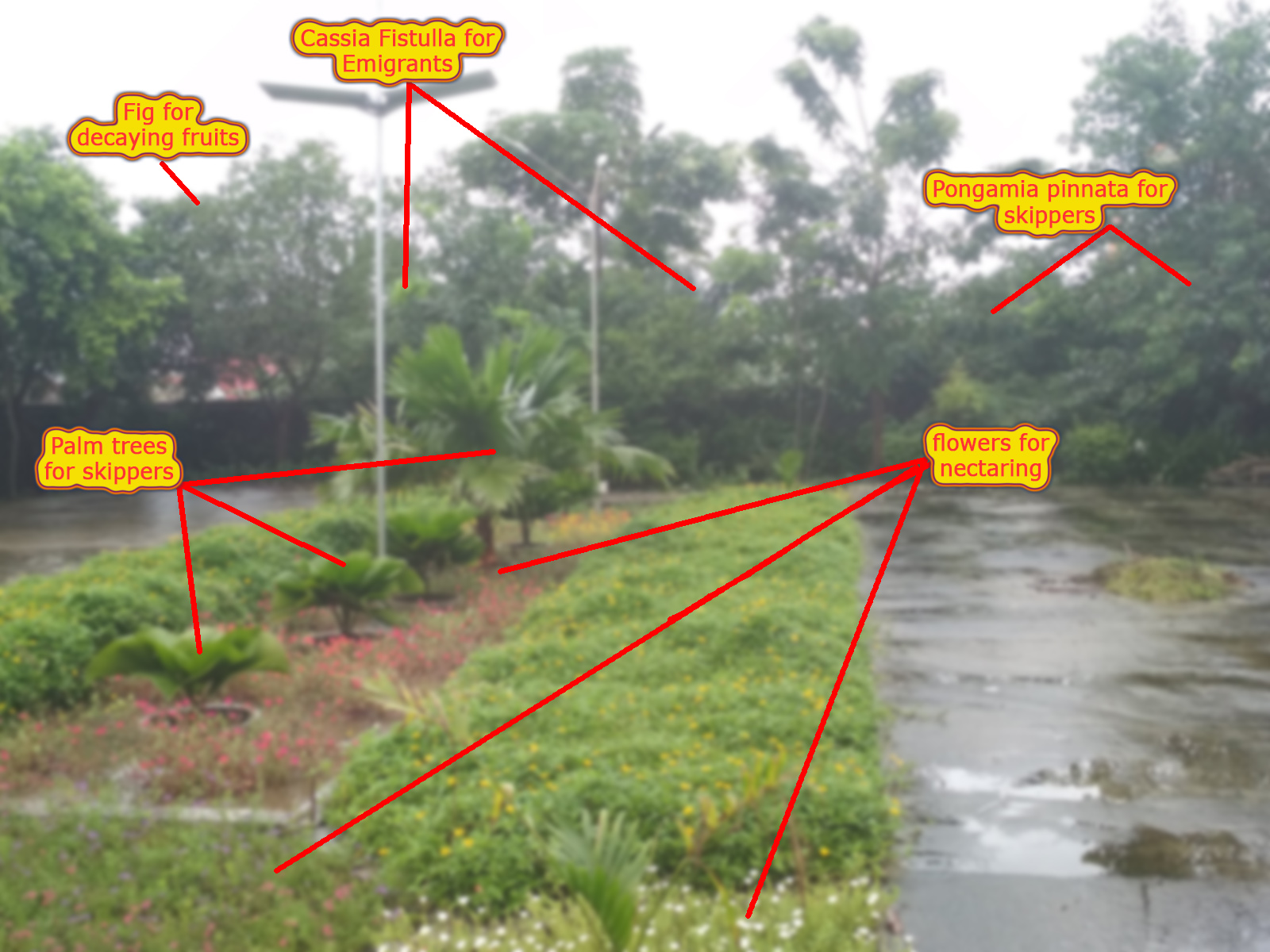
Now let us deal with the above one by one starting with food for adult butterflies.
Providing nectar for butterflies:
A frequent question asked to me is , what are the nectaring plants for a butterfly garden. I would say the most effective “garden” ones are Ixora, lantana, aster varieties, buttercups etc. But I am a big supporter of native vegetation so my hands down choice for nectaring would be Heliotrope. Everybody says lantana but observe a bunch of butterflies on a heliotrope for a day and then decide for yourself. You can literally touch them as they are so intoxicated by the nectar.
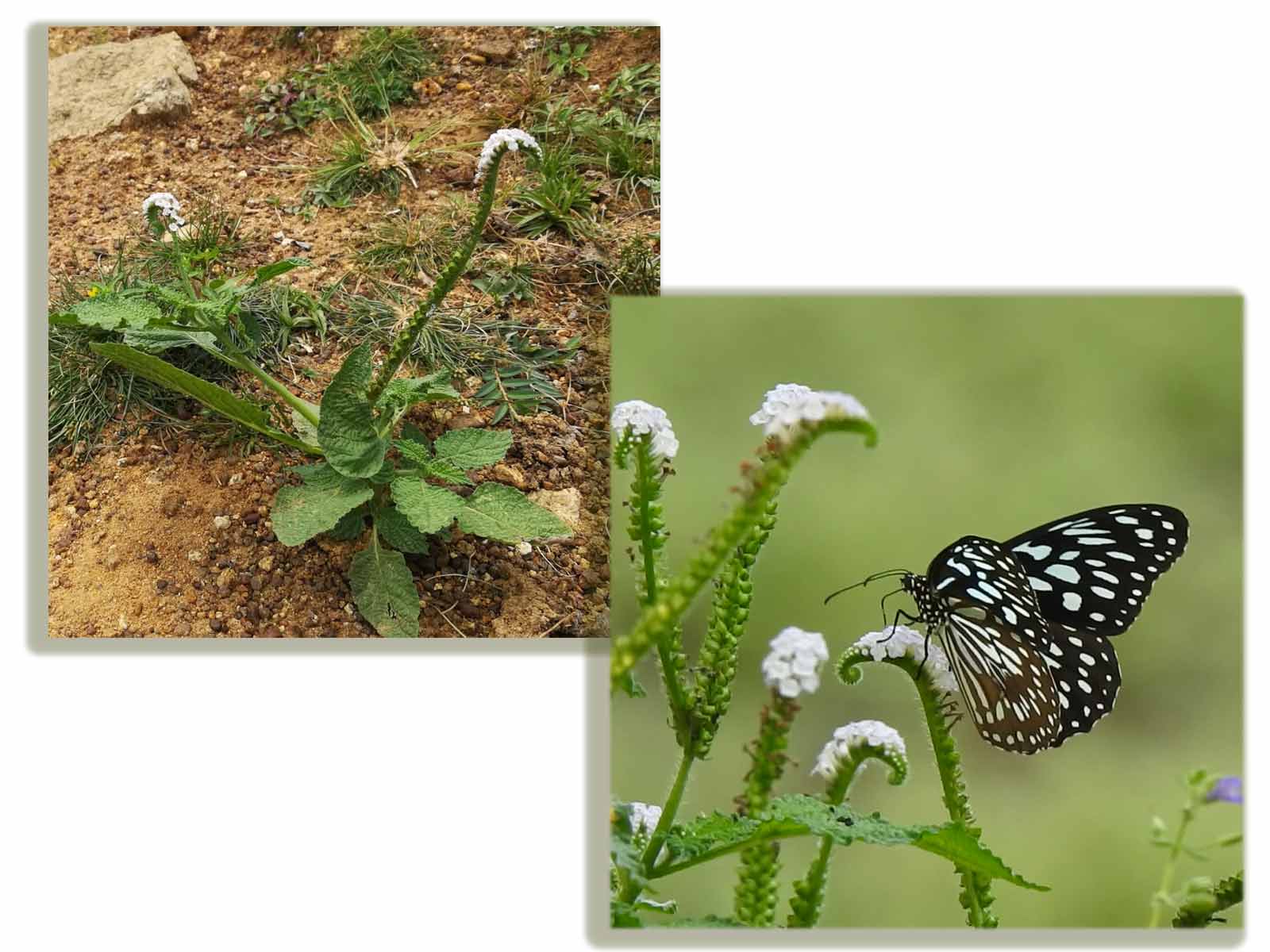
Native does work but having said that non-native varieties of nectaring plants do attract butterflies a lot. Even within that , some species have specific preferences as well. Just a word of caution though. I have observed that many hybrid non-natives which look very fancy in the plant nursery do not attract butterflies at all. It is as if they do not produce nectar at all ! Please be cautious of plant nurseries.
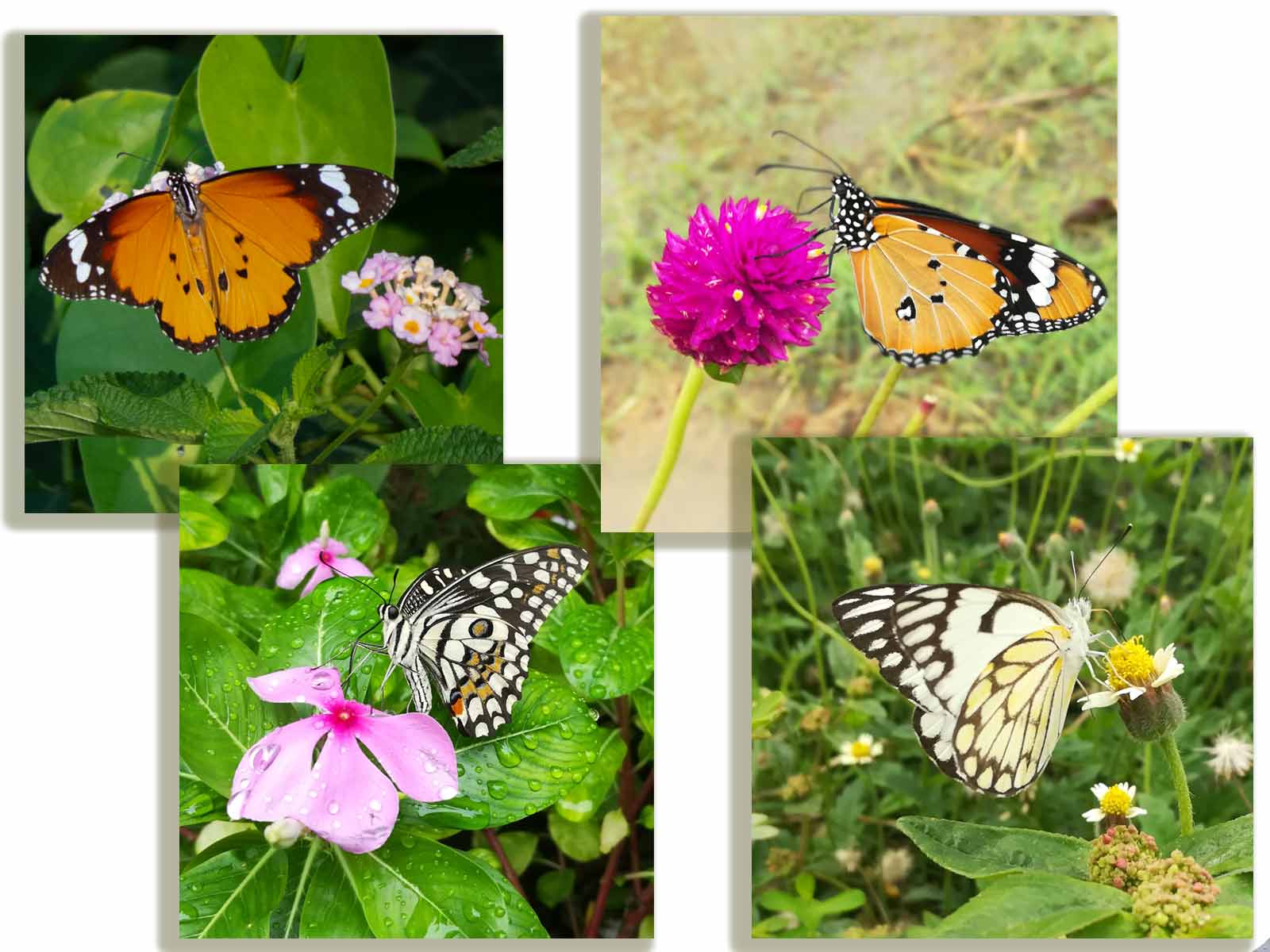
Apart from nectar certain butterflies prefer decaying matter. It is not commonly known but some butterflies prefer only decaying matter and do not visit flowers at all. Bird droppings can be ideal way to create this alternative unless you are willing to spare a decaying banana everyday. Butterflies like the evening browns never visits flowers !
Food for the Caterpillars / larval form:
This is something butterfly gardens tend to ignore or make it secondary. This is a big mistake. In order to retain a population of butterflies inside your garden they should find a place to lay their eggs. Butterflies are creatures who spend majority of their life in larval form than in the flying form. In the life of an emerged butterfly they feed on nectar and then mate and then lay their eggs. If there are no host plants they will leave your place in search of their host plant.
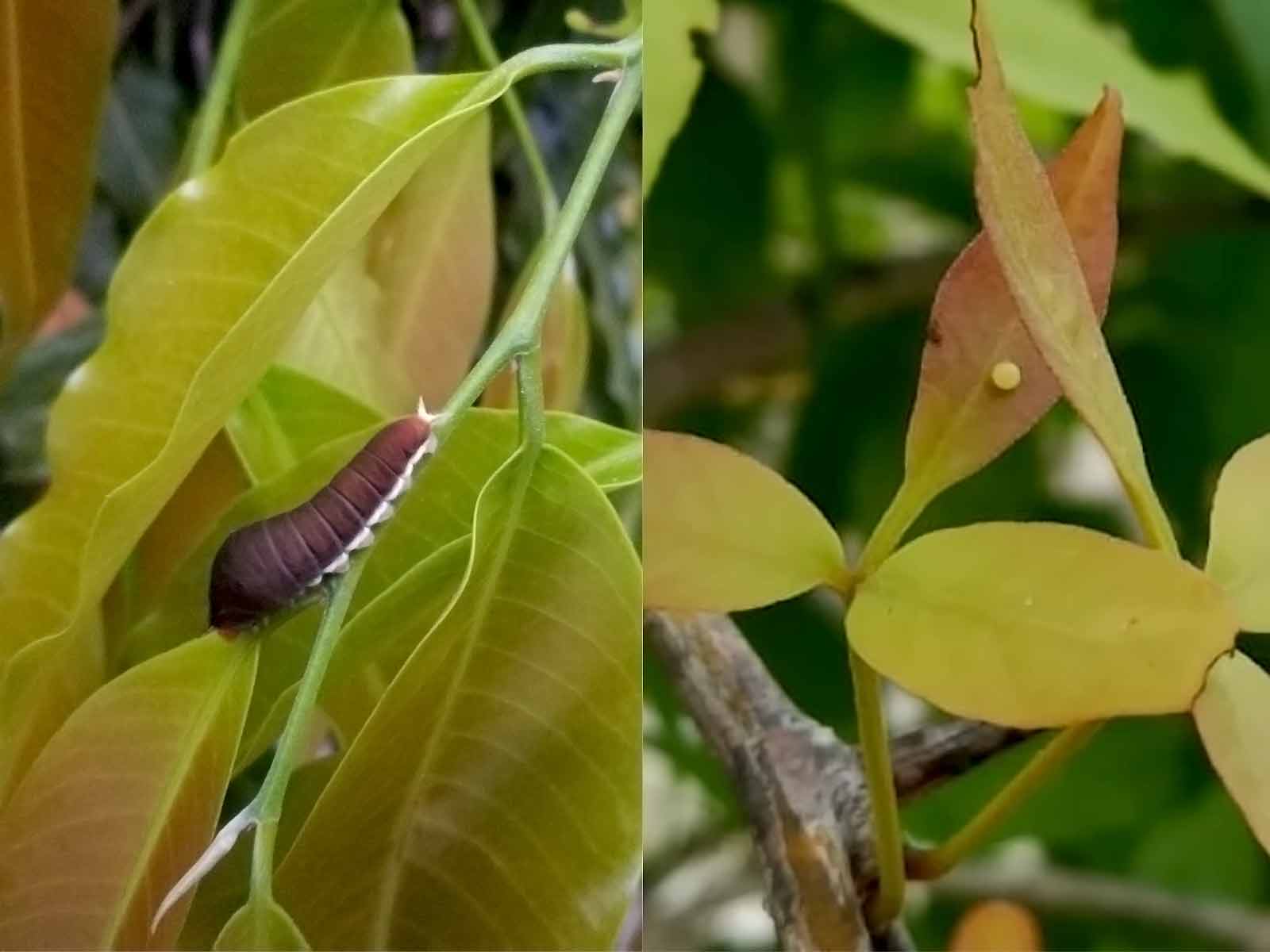
Inorder to counter this , we have to provide each species their own host plants. This is where it gets tricky and people conveniently leave it out because this dramatically affects the aesthetics of a garden. While providing nectar, we can plant beautiful flowers and people love it but with host plants the garden can get really unorganized. Take for example the ever so friendly plain tiger. An ideal medium sized slow flying butterfly which readily sits on a flower near you. This butterfly lays its egg on Calatropis gigantea which is a roadside plant which nobody prefers for a garden. What can you do about this ?
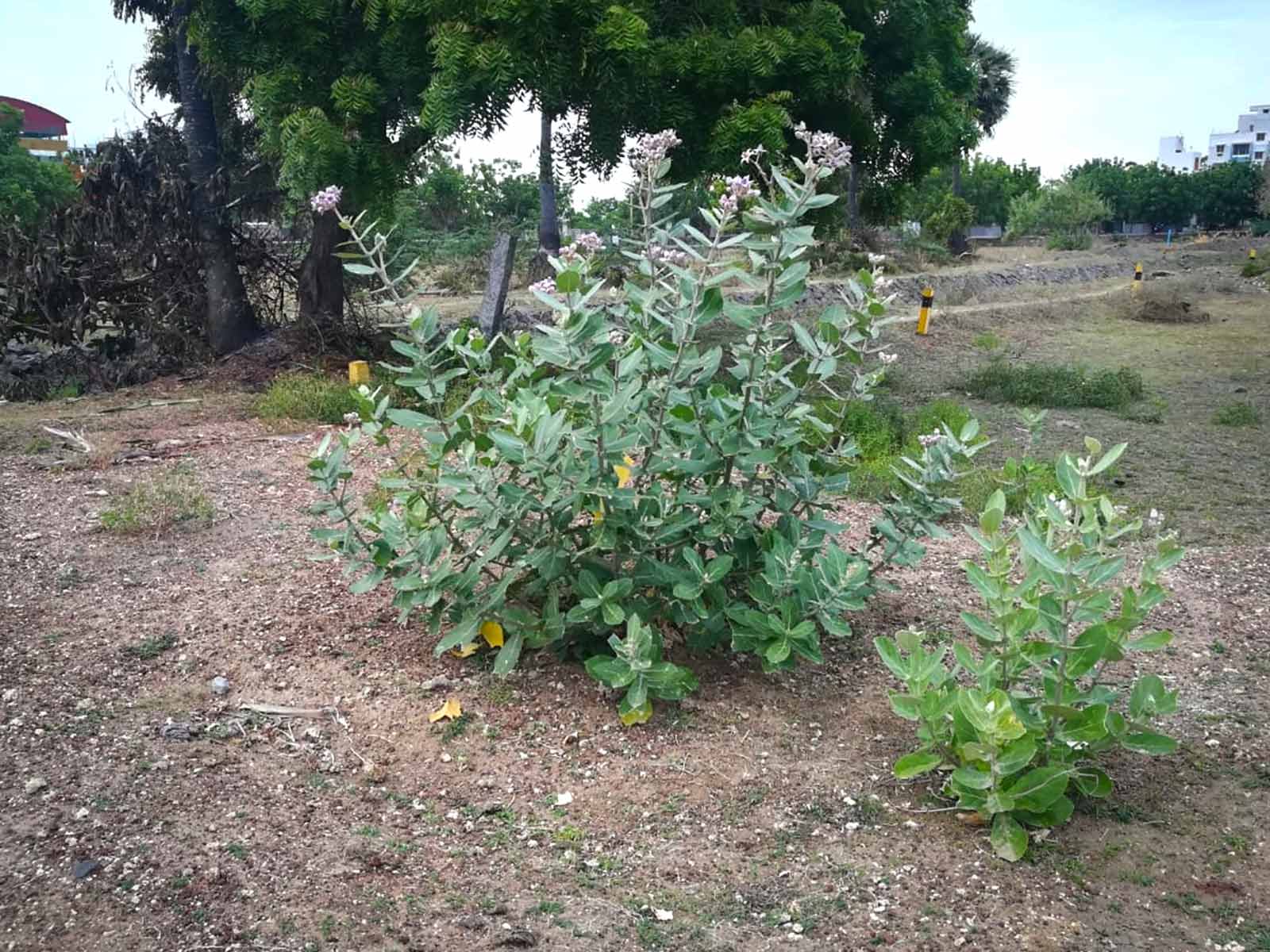
The ugly truth is that , if you are setting up a garden near a heavily wooded area, you can concentrate on nectaring plants alone and the butterflies will reproduce somewhere and come to you for nectar feeding alone. If you are living in a urban setup this will be a little difficult as no outside greenery means no butterflies to attract !
I will share my experience in this. I live in a semi urban setup , so I resorted to tree based butterfly larval host planting. The main advantage is that they aesthetically fit the bill of a garden and are also low maintenance. Trees like Cassia fistula are ideal for Emigrants and trees like Ashoka are magnets for Jays. Please do refer the list of trees at the end of the post.
Safety of butterflies:
The safety of butterflies is something nobody talks about while setting up a butterfly garden but this is the difference between a true butterfly experience and a random flutter. To understand this one needs to understand the basic fact that the butterflies are prey for a variety of creatures like birds, lizards, spiders etc. So they are naturally very sensitive to movement and take evasive actions and fly away. While we cannot do anything for the natural predators we can restrict our movement near the butterfly feeding patches by having a well designed layout for the garden.
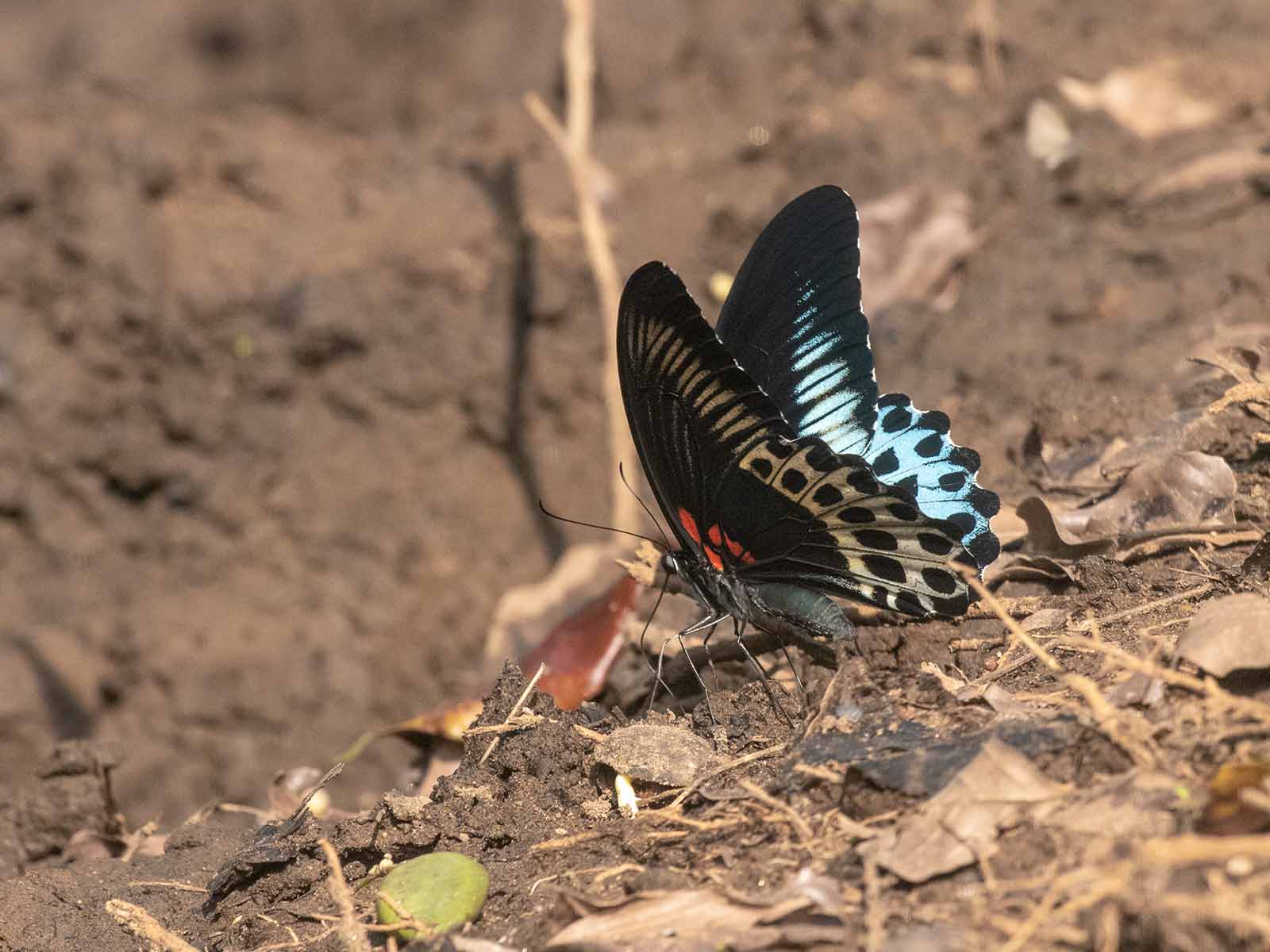
Trust me on this , cut the movement and you can be rest assured more butterflies will come. Just a gap of 4 feet between the path and the plants will be ideal. if you have a pathway in your garden , plant the flowers a few feet apart from the pathway.
Other Important tips for a butterfly garden:
- Butterflies like to mud puddle and if you can setup a place for mud puddling then your garden will be a real winner. A slow dripping water source on a plate of sand will suffice but make sure it is in the open Sun.
- A big NO to insecticides ! Should I even expand on this ?
- Leave the leaf litter alone to cover the soil. Bushbrowns and Evening browns love it.
- Some flowers are suitable for bees while some are for butterflies.
- Based on your region some plants will fare better than others. Concentrate on those suited in your area.
- While nectaring flowers are needed year round, seasonal flowering trees are butterfly magnets. Include seasonal flowering native trees like True Kadamb (Mitragyna parvifolia), Blackboard tree(Alstonia scholaris) etc.
- Based on the region you live , the butterflies visiting your garden will vary. A butterfly garden in Western Ghats will have Birdwings but a butterfly garden in Chennai will get Mormons and Tigers.
I hope the above will shed some light on setting up a butterfly garden and to attract butterflies. Please be mindful of the fact that having nectaring plants alone cannot create a sustainable garden. Butterflies are short living insects which need to regularly procreate to ensure continuity.
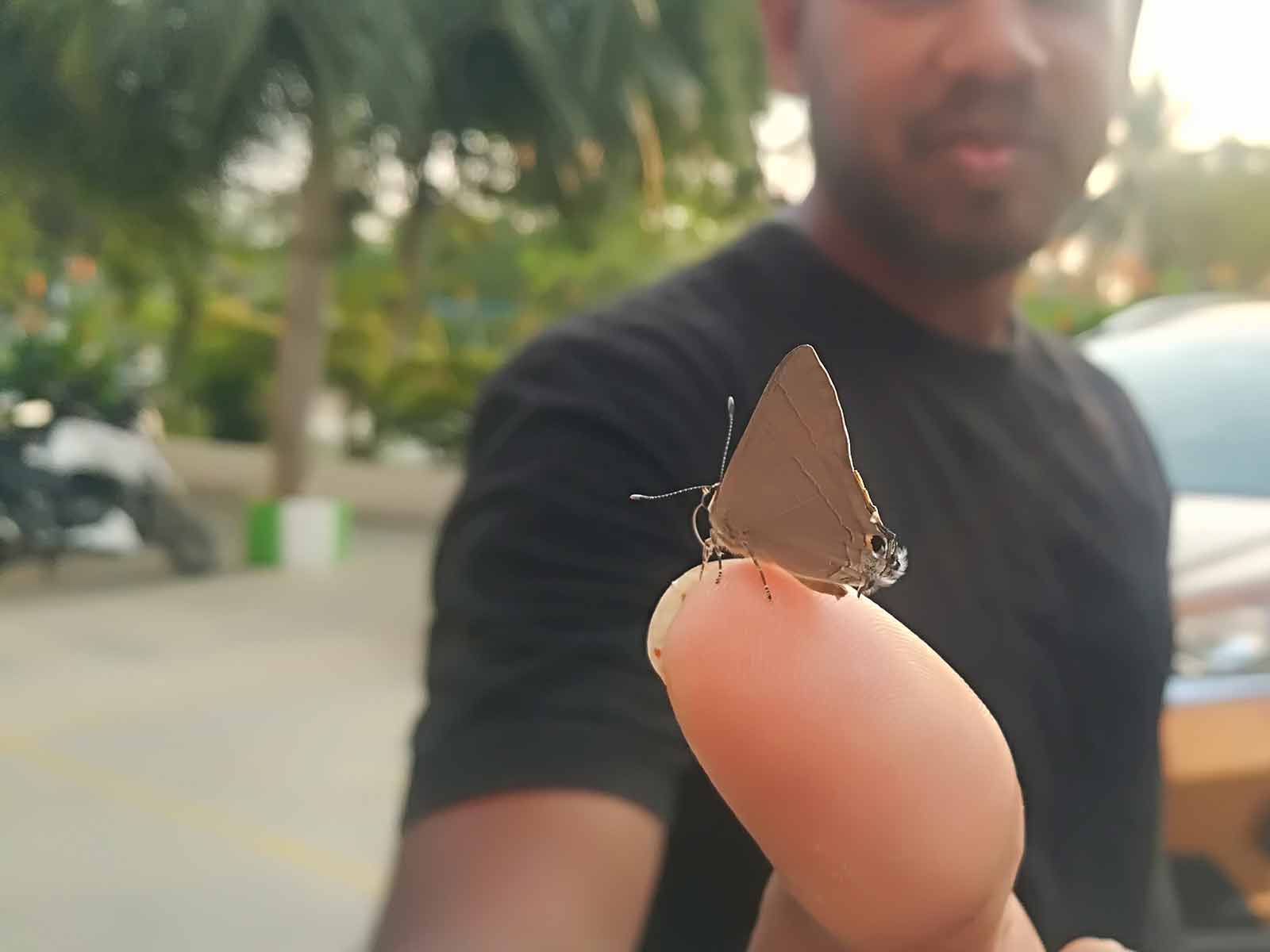
With wild vegetation being mindlessly destroyed in the name of development , urban gardens can be an oasis in a sea of concrete, so please do have larval host plants for them.
Incase you have any more specific queries please do drop a mail at 2roamingowls@gmail.com
List of nectaring plants for a Butterfly garden
- Heliotrope
- Ixora
- Pagoda Flower
- Tridax
- Periwinkle
- Yellow dots
- Milkweeds
- Daisies
- Zinnia
- Snake weed
List of larval host plants/trees for a butterfly garden
- Ashoka trees for Jays.
- Cassia fistula for emigrants
- Pongamia pinnata for Plain-banded awl
- Palm trees for skippers
- Bamboos for skippers
- Madras Thorn for Grass yellows
- Mango for Oak blues, Barons, Monkey puzzle and Apefly
- Desert Petunia flowers for tiny grass blue.
- Curry leaf tree for Mormons
- Aegle marmelos for Mormons and Lime butterfly
- Citrus varieties like Lime for Lime , Lime blue butterflies
- Milkweeds like Scarlet milkweed for Tigers.